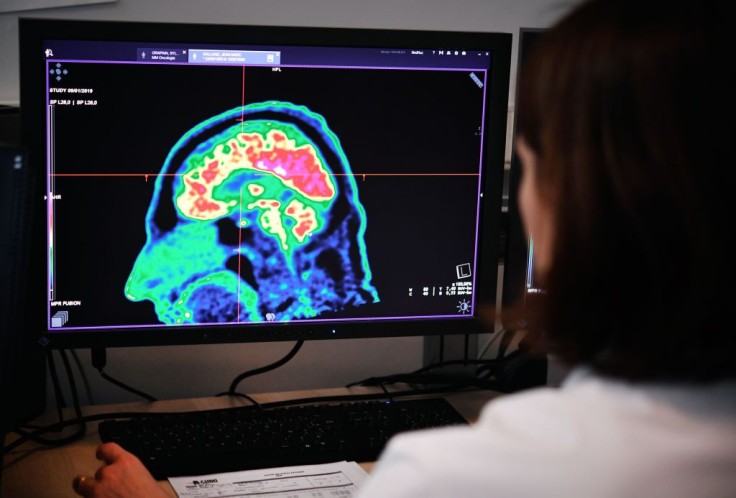
Researchers will be able to gain unprecedented mechanistic insights into the human brain thanks to a new cell-electronic interface technology.
According to 3Brain AG, a Swiss company specializing in the development of next-generation treatments of brain illnesses, this microchip will enable researchers to explore the intricacy of 3D cellular networks at unmatched scale and precision.
Challenges In Studying Organs
Currently, the company states, the cell-electronic interfaces like patch clamp and, more recently, Because they cannot get close enough to physiologically relevant cells, high-density multi-electrode arrays are limited to 2D and have significant limitations when it comes to assessing 3D model systems like brain organoids or tissue preparation, 3Brain said as per the news story by Interesting Engineering.
According to 3Brain, however, it's crucial to understand how organs develop and how their cells function in order to identify the origins of developmental disorders and design effective treatments.
A 3D cell-electronic interface based on complementary metal-oxide semiconductor (CMOS) technology was created by 3Brain AG in collaboration with CSEM to address these issues.
3Brain is a Swiss company dedicated to creating new therapies for the treatment of neurological conditions. Meanwhile, CSEM is a private, nonprofit research and technology company based in Switzerland with more than 35 years of Deep Tech development expertise.
A Chip That Can Explore the Intricacy of 3D Cellular Networks
The Accura-3D is a 3D CMOS microchip that has thousands of biopolymer-coated microneedles attached to sensory gold electrodes.
In order to effectively expand the idea of label-free functional imaging beyond optical approaches, 3Brain claims that its technology can connect to thousands of cells simultaneously and process bio-signals at 20,000 frames per second in a spatially resolved pixel array, according to the report by Interesting Engineering.
The notion of optics-free functional imaging is expanded by cell-electronic interfaces, according to Mauro Gandolfo, CEO and co-founder of 3Brain AG. This is done without the use of biological markers, fluorescent proteins, or genetic manipulations of cellular networks.
The company reportedly produced a best-in-class solution with Accura-3D that can directly access the intricate cytoarchitecture of 3D tissues and brain organoids.
How Does Accura-3D Works
According to Alessandro Maccione, CSO and co-founder of 3Brain AG, the Swiss company has results that demonstrate how much better Accura-3D is at measuring physiologically cells and biosignals.
The company claims that the innovative microchip can quickly diagnose a variety of mental diseases, such as epilepsy and Alzheimer's.
"We started focusing on brain organoids," said Maccione, "because of their relevance to model devastating developmental and neurodegenerative diseases of the brain that pose a high burden for our society, for example, Alzheimer's and epilepsy."
Although the technology sounds useful and intriguing, understanding how it works is easier than done.
The biggest challenges are handling the enormous amounts of data generated by cells while processing them in real time without losing important data.
Gandolfo noted that Accura-3D handles a lot of the labor-intensive tasks using on-chip processing, signal amplification, and noise filtering, effectively making the chip intelligent.
Related Article: Microchip Brain Implant Helps Paralyzed Man Tweet With Just His Mind!








